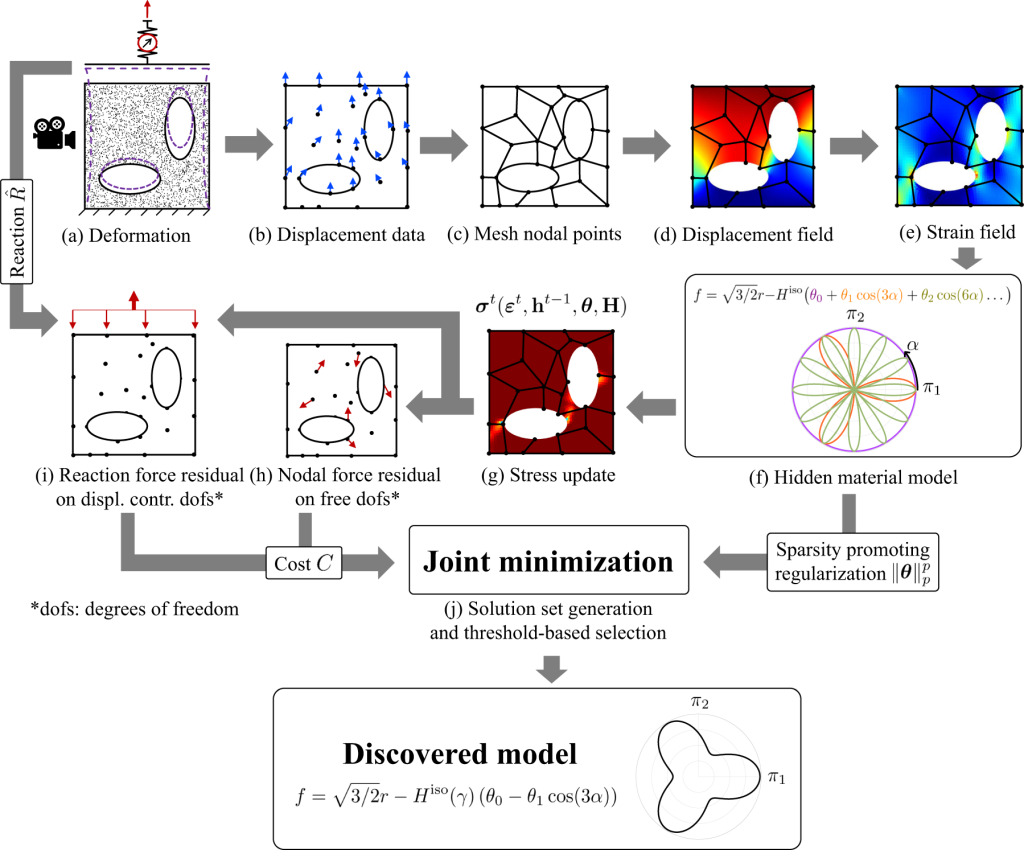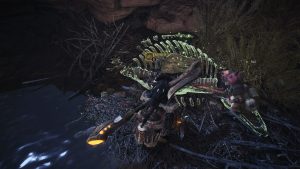From Plasticity To Digitalization: Three Development Trends

Initial Animation
The original form of 3D animation was developed before the use of computers. Long before the development of all digital animation and 3D film, a technology called “mud” was used to make stop motion animation.
This involves processing the materials used to make clay, rubber clay or models into film shapes of each frame. This technology was promoted and created by the British animation company Ardman Animation in their favorite series(1989), but actually this art form can be traced back to 1897. The first surviving clay sculpture film was(1908).
Technical improvement
After that, animation studio Lika used 3D printing technology to make thousands of different facial expressions for each character, improving the traditional clay animation technology.
They will change the performance of all frames in fluid motion, making the characters seem to speak and move. Leica has made several films, including Colin and Palano Bay, but like Disney, it has not been well received, nor has it succeeded at the box office.
Move to TV
Pixar first used CGI 3D animation in Star Trek in 1995. The film was very popular, and they created 11 complete functional animations. These include Monster Limited.
At the beginning of the 21st century, cartoon programs began to introduce 3D animation, including Jimmy Neutron, but so far there are many different things.
details
Hair, hair and other details are the key indicators of the development of modern animation.
One of the most advanced animations in the early 21st century is Unbelievable, which includes more realistic fluid motion and detailed models of human anatomy.
Especially the hair of the character Violet is a key part of her character. Because she often covers her face, her hair consists of 1000 separate rendering rooms.
Pixar’s animators also made films to better understand human motion. The team is called “Alpha Omega” and must be divided into four teams. One team is responsible for modeling, shading and layout, and the other team is responsible for the final camera, lighting and effects. The third team is called the “character team”, which assembles all characters for digital sculpture and shading, and the “simulation team” is responsible for developing models of hair and clothes.
Monster Inc.(2001) began to provide special details for Sulley’s fur, including 2320413 items. Because of such attention to details, 3500 computer processors are needed to make this film.
Similarly, the focus of the Disney film “Entanglement” is the detailed animation of the hair of the long haired princess. Previously, most animated female characters had their hair combed into a bun or braid. Because numbers need high level computer processing to highlight long hair.
In contrast, Lei Rouruan’s hair is composed of 100000 objects(masters), which collide with each other, drape their shoulders, and slide characters different from the ground. Therefore, Thor is one of the most technologically advanced animation characters so far.
This team is dedicated to creating highly realistic hair. The hair of the Rapunzel is made by Glenn Cain’s Hair Bible. Grunke used the hair of Ariel of The Little Mermaid and the skin of Beast to make animation.
Then they continued a series of experiments, including dropping 70 foot high cloth from the balcony, reproducing her hair falling from the tower, painting wigs on their tables, and using live models. They made 70 foot long helmets with fishing lines along the office corridor.
The core team consisting of 10 software engineers will replicate the real long hair movement in the CG environment, even if the color is a task – blond hair is highly maintained. Because in order not to be seen artificially, all kinds of colors are required. Therefore, in order to make the hair of Long Hair Princess look realistic, the lighter and shader groups must work carefully.
Cold originality
The next box office blockbuster of Disney is “Snow Snow Princess”. Tangled pays little attention to the details of hair and facial features, but advanced technology means that it can capture the appearance of snow and ice, creating a highly delicate world of light.
“Snow and Ice Princess” is a box office hit, and the sequel “Snow and Ice II” has become the highest grossing animated film by far.
Who knows how the next cartoon will develop? Can Disney and Pixar continue to dominate 3D scenes?
We look forward to finding!







